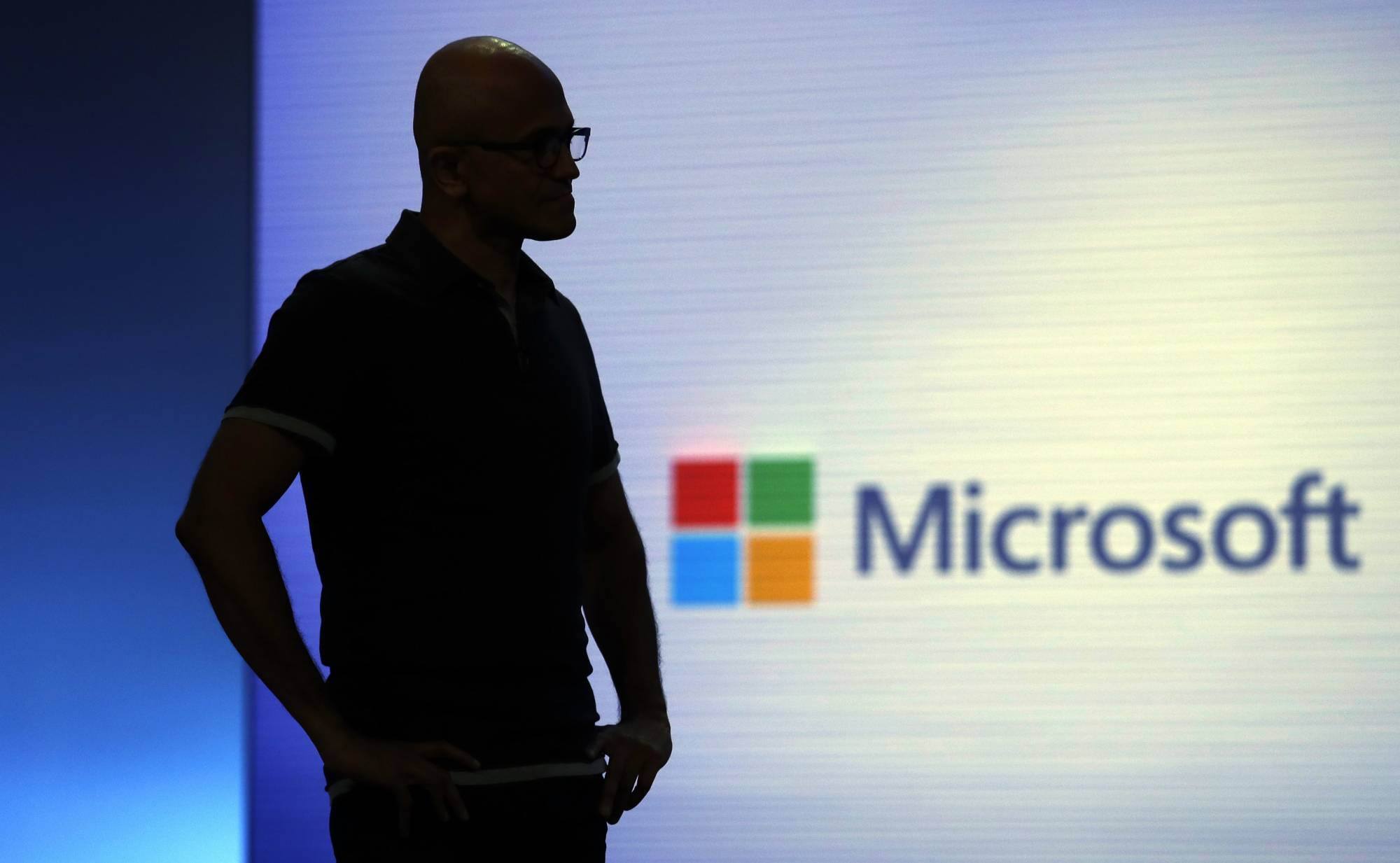Turbulence in a NASA contract to build a new lunar landing vehicle
A series of protests over a $3 billion award to SpaceX has turned up a lot of issues, as the Federal Drive with Tom Temin heard from Smith Pachter McWhorter pr...
Best listening experience is on Chrome, Firefox or Safari. Subscribe to Federal Drive’s daily audio interviews on Apple Podcasts or PodcastOne.
If they can put a man on the moon, how come NASA can’t line up its appropriations and its acquisition strategy for a new landing vehicle? A series of protests over a $3 billion award to SpaceX has turned up a lot of issues, as the Federal Drive with Tom Temin heard from Smith Pachter McWhorter procurement attorney Joe Petrillo.
Interview transcript:
Tom Temin: And Joe, let’s review what this was all about, the procurement and then there were three different issues of protest. So first, tell us what this procurement was for and what they spent.
Joe Petrillo: Sure. Well, this procurement came out of NASA’s program to develop a human landing system for lunar exploration. So it’s what we might call a spaceship, but they call it a human landing system. They’d already awarded in research and development contract to three companies, SpaceX, Blue Origin and Dynetics, and those companies under that contract developed concepts of their operation. And now NASA is proceeding to the next stage in the program and wants to award two contracts to actually develop a human landing system. It did that under FAR Part 35 procedures for R&D contracting
Tom Temin: R&D, as opposed to production.
Joe Petrillo: Exactly R&D as opposed to production or services or supplies, any of the usual things that you’re used to buying under Part 15, for example, for competitive proposals, three companies, those three companies all competed for the contract. And when the evaluations and proposals were over, there was a lot of differences between the proposals. SpaceX had the highest non price ranking and the lowest price, it was $3 billion. It was a lot of money. But it turned out to be the lowest priced offer.
Tom Temin: Yes, because Dynetics, the highest price offeror was almost $9 billion, three times as much. And they were only marginal on management of a program, which was important to NASA.
Joe Petrillo: Exactly. Yeah, I know, I’m rounding off here…
Tom Temin: But a three to one price ratio is a big deal.
Joe Petrillo: And Blue Origin’s right in the middle. Blue Origin had the second best technical ranking, and its price was $6 billion. So the upshot of this is that as NASA proceeds to award the two contracts, it finds out it doesn’t have enough appropriated funds for two contracts.
Tom Temin: Oops.
Joe Petrillo: Doesn’t really even have enough for one contract. But it could sort of work around that, I guess. SpaceX gets the sole award. And the two disappointed offer wars have now been cut out of lunar exploration contracts for human landing systems are protesting the award. So the first protest was on the fact that only one award was made, and they were expecting to exactly Blue Origin and Dynetics both objected to that and thought that NASA should have amended the solicitation and set up. Sorry, we’ve only got enough for one and then permitted revised proposals. GAO looked at this solicitation and even though it expressed a clear intent to award two contracts and a preference for doing that. NASA also was honest and saying that it was, that approach was contingent on having sufficient funds, and they didn’t have the sufficient funds. So offerors were warned at the outset that it might only be a one award situation.
Tom Temin: Alright. So the second protest issue was having to do with FAR Part 35 instead of a Part 15 acquisition under competitive proposals, it sounds like they were using the FAR though NASA was using the far instead of an OTA.
Joe Petrillo: Right. This is definitely a procurement that was conducted under far procedures. There were a variety of protest grounds raised by Blue Origin and Dynetics about ordinary things like an rational evaluation, run on reasonable evaluation in certain aspects, and whether certain items that were considered in the evaluation were within the scope of the criteria, and a GAO distinguished R&D contracting under Part 35, from the Part 15 garden variety competitive proposal contracts. GAO said that agencies have additional discretion under FAR Part 35, and therefore, the GAO protest review function is limited and more narrow than it would be otherwise.
Tom Temin: So therefore, that protest was not sustained either.
Joe Petrillo: Right. Those grounds of protest all failed.
Tom Temin: We’re speaking with Joe Petrillo, my procurement attorney with Smith Pachter McWhorter. And what was the third protest ground and how did that do?
Joe Petrillo: Well, it was really the exception to the rule that none of these other rounds passed muster. One of them slipped through and was evaluated on its merits, and that is the waiver of a mandatory requirement for the awardee, SpaceX. And the requirement was the solicitation had these flight readiness reviews, they were mandated for each launch as part of the program. Blue Origin, for example, proposed a solution for getting to the moon with three launches. And each of those were subject to a flight readiness review, SpaceX had a totally different approach. They proposed 16 launches, they only offered to do three flight readiness reviews, 14 of the 16 missions were tanker missions, and it sort of lumped those together and did a single flight readiness review for that type of mission.
Tom Temin: That type of mission would not have a person aboard, in other words.
Joe Petrillo: Yeah, that’s absolutely right. GAO did find that the protest ground was correct, and that the solicitation still required flight readiness reviews for those launches as well. And both Blue Origin and Dyentics objected to that. Now the problem here though, is even though NASA has done something improper in waiving the mandatory requirement, the issue is whether the protest is going to be sustained. And there you need to show that there’s a reasonable possibility of competitive prejudice. Blue Origin was only proposing three launches and couldn’t have proposed any fewer than three flight readiness reviews. It wasn’t prejudiced because it couldn’t have gone down to two or one flight readiness review, in the case of Dynetics, at least that was GAO’s analysis. In the case of Dyentics, there NASA had given Dynetics of significant weakness for failing to propose a significant number of flight readiness reviews. So you know, this was a matter of that did affect its evaluation. However, GAO looked at the fact that its price was significantly higher, three times the price of SpaceX, and its evaluation for technical and management factors were not as good as SpaceX is, and in fact, they were the worst of the three competitors. So in that instance, GAO decided that Dynetics wasn’t prejudiced either, and it’s protest failed on that ground.
Tom Temin: So NASA prevailed on all three grounds and therefore the award to SpaceX is the one that they’re going with.
Joe Petrillo: That’s right. And so we’re moving forward with trying to put a man on the moon and trying to figure out how to keep them there.
Tom Temin: And where’s Freddie Laker when you need them. Joseph Petrillo is a procurement attorney with Smith Pachter McWhorter. Thanks so much.
Joe Petrillo: Thank you.
Copyright © 2024 Federal News Network. All rights reserved. This website is not intended for users located within the European Economic Area.
Tom Temin is host of the Federal Drive and has been providing insight on federal technology and management issues for more than 30 years.
Follow @tteminWFED






